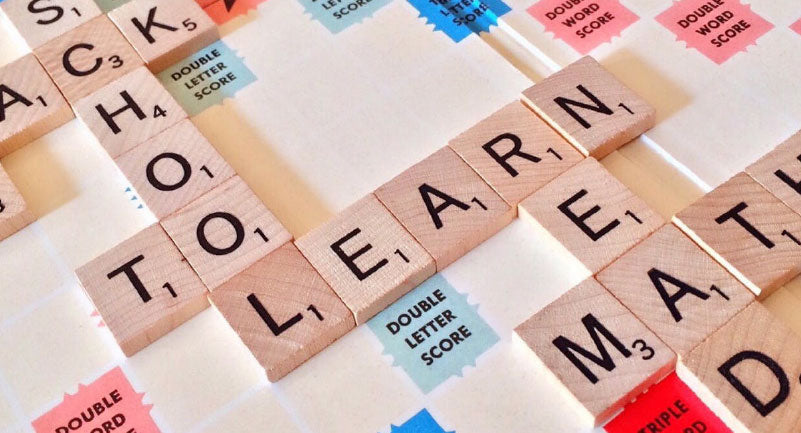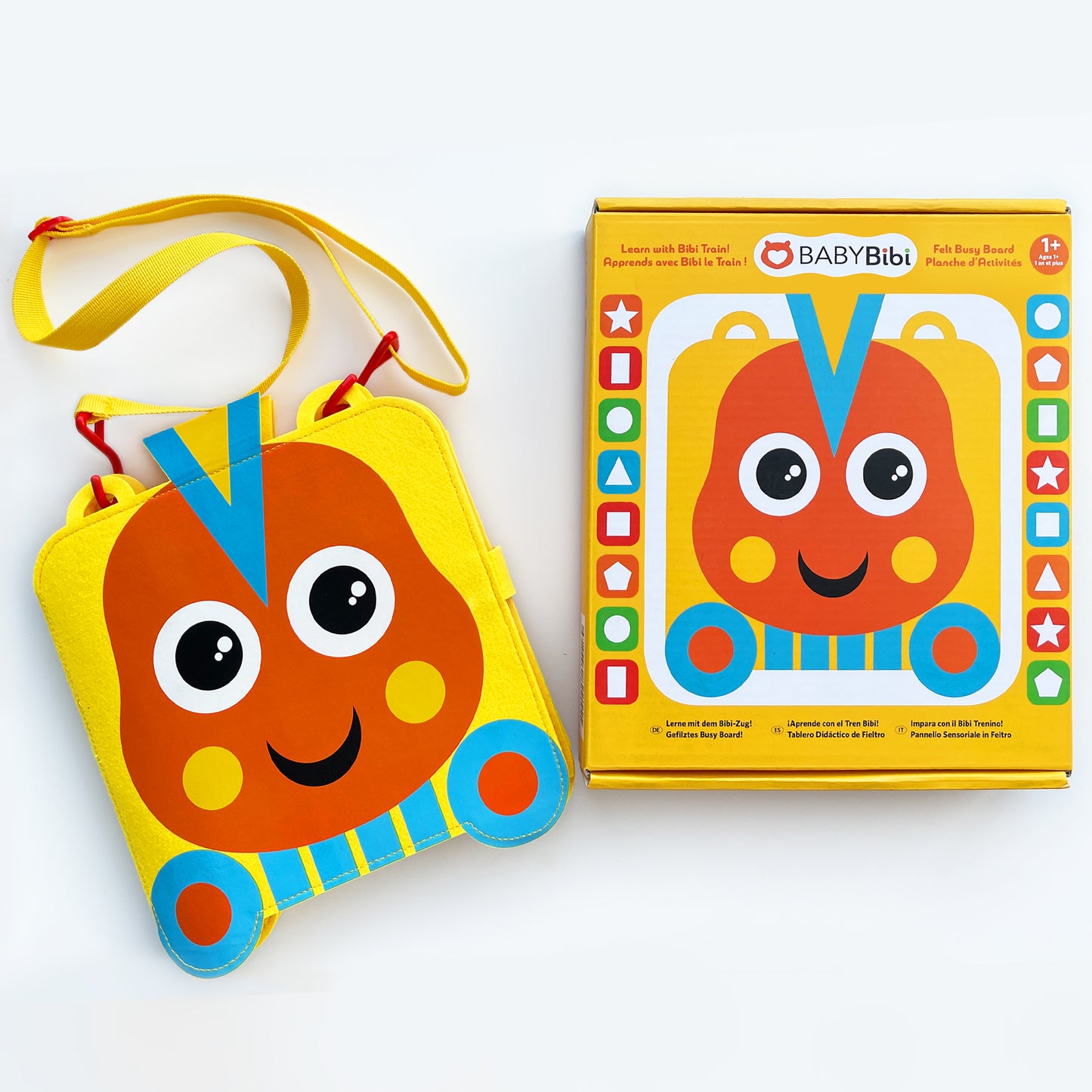
Your child is 4-5 Years old
I-Spy
Letters and sight words? I-Spy complement all learning styles. First time trying sensory bag activities to mo- tivate a child and achieve better learning outcomes? Sometimes activities aren’t challenging enough. I-Spy sensory bags motivate learning interests every time. Math problems tend to be a challenge even for ad- vanced preschoolers. When it gets challenging, introducing I-Spy sensory bags can make a world of di er- ence to children.
How about jump-starting a child’s imagination and broadening his or her understanding of math con- cepts? Large freezer bags (2 gallon), a marker, stickers, blank paper, paint, shaving cream or hair gel are all the items needed to model a beginner’s I-Spy sensory bag. After gathering all the supplies, squish shaving cream, hair gel or paint inside one of the freezer storage bags, release the air and then seal it. Insert the rst freezer storage bag into the empty one for extra protection.
Now decorate the blank sheet with random letters (written), letters or stick- ers depending on the I-Spy challenge chosen. The objective is for kids to discover the wonders of the sensory bag. With this learning tool, kids can explore sight words, tackle math problems and practice counting numbers or nd letters. It’ll certainly boost concentration and take their imagination to new heights. Whether kids are identifying shapes, patterns, nding lower or uppercase letters, numbers, or discovering pictures or learning rhymes, this game idea rules.
Beanbag Toss
Grab about 6 bean bags, shoe or cardboard boxes (3) and draw on one side. Players can select a theme of their choice or simply do it in the spirit of the holidays. Next, cut out any image drawn or design traced on the box earlier. The box should have a hole that’s large enough to avoid complications when tossing the bean bags.
Try to maintain a 3 to 5 feet distance from boxes to where each shot is launched. Additionally, boxes should have a visible score table that indicates points earned when the bean bags are tossed from a certain dis- tance.
When players have mastered the standard distances, simply move the boxes further away to increase the di culty level. With successful tosses, a score tally will be created with strict adherence to the points system. The player with highest score will win the game. A strategic way to tweak the game is to rearrange the box- es. Beanbag Toss is an inexpensive foundation learning tool that can drive a child’s motivation to improve coordination and movement. Making bean bag tossing a regular activity for growing children is recom- mended to help bring hand-eye coordination into focus. Older kids are equipped to endure physically chal- lenging activities, so keep that in mind
for the next game.
Octopus Counting
Activities like Octopus Counting encourage self-initiated learning as a child becomes motivated by di er- ent types of stimulation. This game approach- es numeral identi cation and sequence counting di erently. While kids are probably increasing numeral sequence by 2, 3 or 5 when counting, there’s always room for improvement. Visual learners can realize greater productivity when they’re exposed to tools or guides that supports their learning style.
Visual cues and other instruments incorporated in learning activities can greatly aid children who are strug- gling to master counting. It’s as simple as fashioning an octopus with streamers using readily available household items such as plate (paper) and sticky tape. While it’ll provide some amount of sensory stimula- tion for learners, it’ll motivate them to practice and gradually improve accuracy.
The paper plate will represent the octopus head with 8 dangling streamers as its wiggly legs and numbers attached to the bottom. For the face of the octopus, kids can either draw the sea creature or stick a picture onto the center of the paper plate. It’ll serve as a guide to help kids review their progress and apply self-cor- rection where necessary.
Peg-A-Number Fact
Is math no fun? Peg-A-Number Fact can help children practice math. It has a broad focus on numeral se- quence, as well as subtraction and addition. Some kids can’t wrap head around the concepts of math, prob- lem-solving and more. If this isn’t addressed early, they’ll probably spend a lifetime struggling as a learner. Peg-A-Number Fact employs a basic strategy to calculate the sum of two di erent values (numbers).
Having kids practice Peg-A-Number Fact regularly, they’ll quickly grasp the fundamental concepts of foun- dation math problems such as subtraction, mental arithmetic, and addition. Children who play Peg-A-Num- ber Fact devel- op a greater understanding of number patterns when doing subtraction and addition. As they’re getting better at solving math problems, they’ll exhibit self-con dence. The game has many varia- tions, allowing a learner to choose the technique they’re most comfortable with. Funny enough, kids prefer strategies that complement their learning strengths.
Wooden clothes pegs are simply per- fect for this learning exercise. While natural colors are highly recom- mended, painted clothes pegs can still and compliance the task wonderfully. Although natural colors blend well with blank sticker labels (white), there’s no harm in making col- orful clothes pegs to indulge a child’s imagination. When writing the sums, it’s best to use a black marker. Peg-A- Number Fact cards can be downloaded online and printed on blank pages to get working on math problems immediately.

Matching Lids
For this craft, we chose to use white cardstock. Choosing patterned scrapbook paper that is colorful on one side and white on the other side is also an excellent choice. For durability, you may wish to laminate your mem- ory game’s pieces. To make this craft you will need: 2 sets of identical sticker packs, 1 1/2 inch square paper punch, Scrapbook paper or cardstock. After gathering your supplies, use the paper punch to cut 1 1/2 inch squares of paper to be the game pieces. You will need as many game pieces as you have stickers. Next, place one sticker on each game piece. Make sure you create sets of cards! Flip the cards over so the white side is up. To play memory, take turns turning two cards at a time to search for matches. The player that nds a match keeps it! The object of the game is to have the most matches.
Poohsticks Drop
Quite a quirky idea for a game, Poohsticks Drop primarily focuses on creative free play. So, this is another entry-level kid’s game that provides quality sensorimotor stimulation. With kids bringing their own Pooh sticks, it’s probably sensible to give each a signature mark. This makes it easier for each child to identify his or her own when it’s drifting down the river.
Sometimes nding a bridge where everyone can play is di cult, so nearby streams are also agreeable as long as the activity is adult-supervised. The rst Pooh sticks to navigate the waters successfully and reach the nishing
line intact is the champion. Since everyone wants to be a winner, look out for tantrums when the competi- tion gets intense. Nonetheless, Poohsticks Drop will get kids cheering and observing the action upstream. The game is adapted from “The House at Pooh Corner,” a classic 1928 children’s story that has gained glob- al recognition.
All competitors must release their Poohsticks into the water after the starter shouts - Ready-Steady-Go!” That said, active listening is crucial to this game. Poohsticks are random sticks that can be found outside. Pretend play activities like Poohsticks Drop nurtures a child’s imagination and boosts creativity.
Trafic Lights
Red means STOP, amber - Go slow and Green - Go! Educational games like “Tra c Lights” teaches the laws of using the roads. Whether indoor or outside, this game lets kids freely indulge in quality pretend play activ- ities. How about making lollipop tra c Light signals with paper? Awesome, right? It’s an activity that encour- ages family interaction and teamwork building. When making tra c light signals, simply get some lollipop sticks and paste or glue colored paper at the top. When directing tra c, these will be used to signal vehicles and pedestrians.
Kids should be attentive to obey tra c lights correctly when using the roads. With this sensorimotor activity, they’ll become a better observer and listener. Since children will be running around, they’ll need a spacious environment when playing indoors. A child can run around the house freely and listen for commands and tra c light signals to avoid a collision.
This exercise will give kids the nest hours of imaginative play indoors and outdoors. There’s never a dull moment when playing this game. Tra c light signals can be fashioned out of other supplies, share ideas with kids and breathe life into their creations.
Musical Chairs
What’s the hype about Musical Chairs? The game has taken on new life over the years, and still, keeps chil- dren spirited. Don’t stop the music just yet. So, let’s begin! What will it be, paper, chairs or both? It’s quite a quintessential approach to pretend play. How can it actually foster any sort of educational outcome, let alone bene t a child’s development? Well, Musical Chairs have been gaining recognition at birthday parties because kids love the excitement it brings.
With several chairs and appropriate music, kids will immediately spring into action. So arrange two sepa- rate rows of chairs that are back facing. When the music starts, players will go around the arranged chairs in a circle and sit when the music is turned o . The objective is to secure a seat or be eliminated. A chair will also be removed before the routine starts all over again. Whoever prevails after the nal elimination round wins Musical Chairs.
Ultimately, children who participate regularly will develop hands-on listening skills, boost imagination, re ne agility, learn cooperative play and realize other physical developmental achievements. It’s an interesting activity to introduce to children in a classroom environment, where they can make use of the volume of chairs at their disposal.

